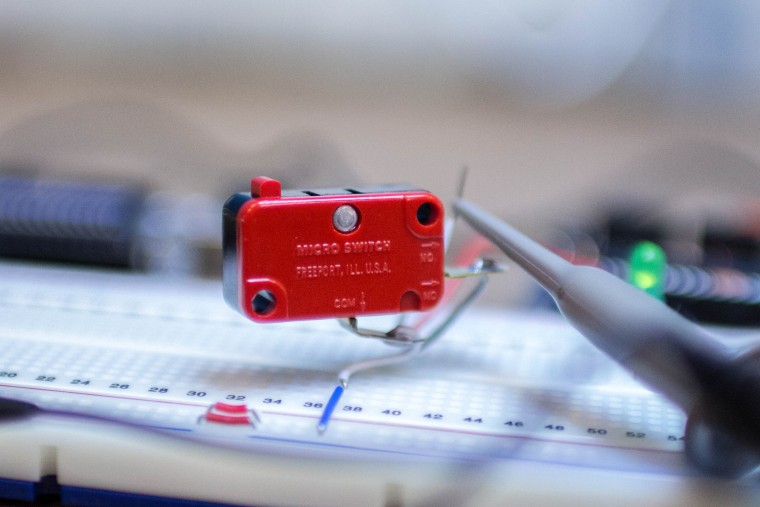
EBay and Aliexpress listings will often mention Arduino in the description and this is a good indicator that one is suitable.Firmware that I am writing for an ESP8266 based device (a Sonoff if youBounce can cause invalid states or extra states, but they cancel out. A mechanical (as opposed to optical) quadrature rotary encoder - this is the most common kind so dont worry too much if it isnt specified. You will need: An ATMEGA328P based Arduino, such as the Uno, Pro Mini or Nano.

It's not the first time that I"debounced" a switch. Half hourOf coding and testing and that should be it. Routine to return the number of times the button was pressed in quickSuccession or to indicate that the button had been pressed for a long time.Since this would be part of an Arduino sketch, it seemed obvious thatIt would have to be based on interrupts or else it would have to beImplemented as a state machine that would be polled at each iteration of theI sketched out a state machine which made eminent sense to me.
Sometimes a double click would be reported as two single clicks. But every now and then a clickWould be missed or the count of the number of consecutive clicks would beOff. TheTest sketch would work for the most part.
Had I not underestimated theTime it took to programme the library and to write it up, I would have beenMore eager to search for a ready-made solution.If the whole involved story about what was involved in finding the problemAnd then creating the library is of no interest, jump to the last section. It's always aTrade off, the time and probability of finding a good enough solution has toBe weighed against the effort to create one. Many button libraries areAvailable, and probably more than one would have been adequate. It has been tested with two ESP8266 boardsAnd a UNO clone but it should work with any board.


It does the same thing when the button is released. The following sketch reads the stateOf the button after it has been pressed in a tight loop and saves each stateIn a large array. But how can that be done without an oscilloscope?Best I can do is to use the ESP itself.
Bounce.H Arduino Serial Monitor When
This is just an impression,I did not do an exhaustive statistical study.111111111111111011111111111111110011111111111111111111111111111111111111111111116400 samples were taken after the button was pressed during 7364 microseconds.6400 samples were taken after the button was pressed during 7443 microseconds.And again but this time it took almost 3 times longer to get to a stable11111111111111111111111111111111111111111111111111111111110000000000000000000000000000000000000000000000000000000000000000000000000000000000000000000001111111116400 samples were taken after the button was pressed during 7444 microseconds.Time to first bounce: 250.8 microseconds.Time to steady state: 825.8 microseconds. Here is part of the output displayed in theArduino IDE serial monitor when that happens.00000000000000000000000000000000000000000000000000000000000000000000000000000000111111111111111111111111111111111111111111111111111111111111111111111111111111116400 samples were taken after the button was pressed during 7369 microseconds.The state of the button was sampled every 1.2 microseconds on average.6400 samples were taken after the button was pressed during 7447 microseconds.I was surprised to see bounces when releasing the switch seemedMore likely than when pressing the button.


 0 kommentar(er)
0 kommentar(er)
